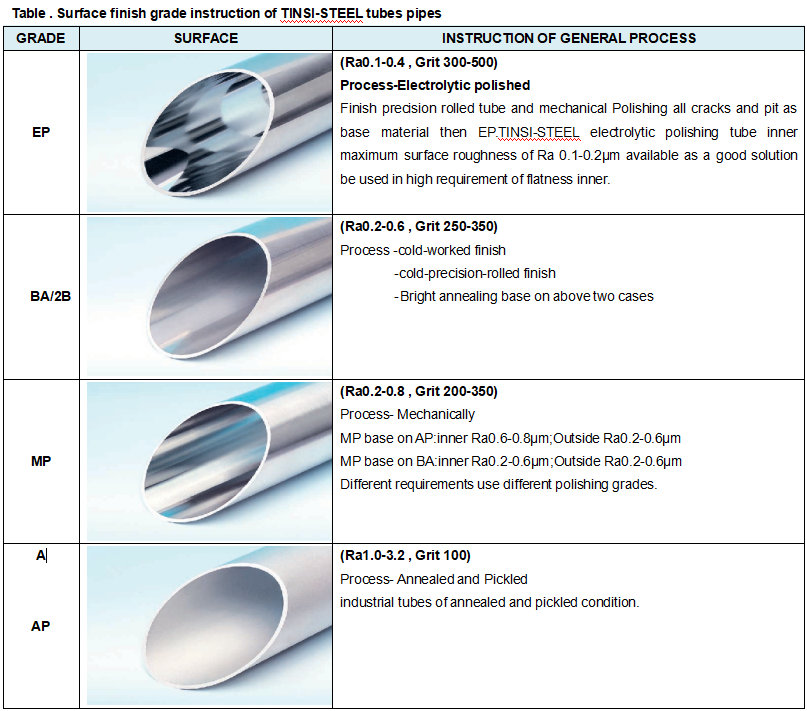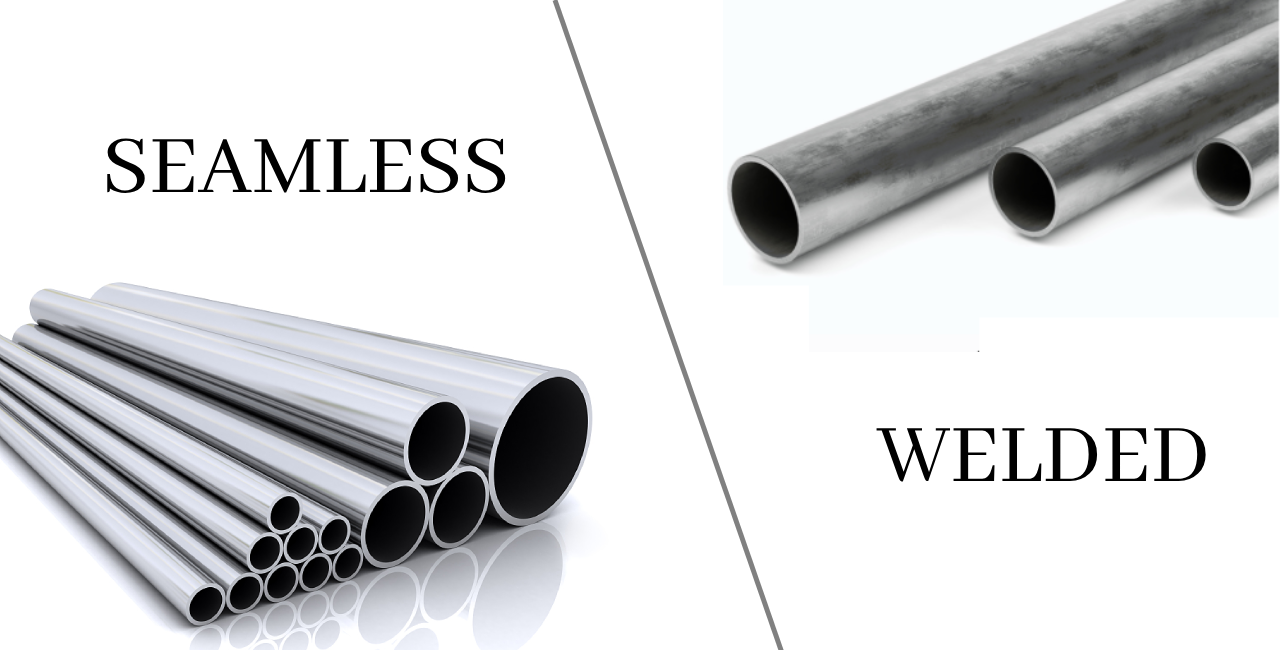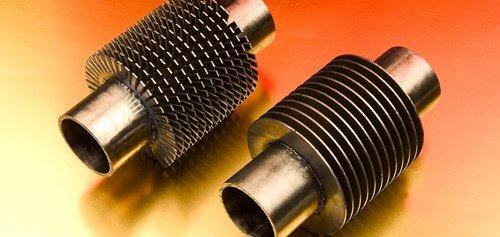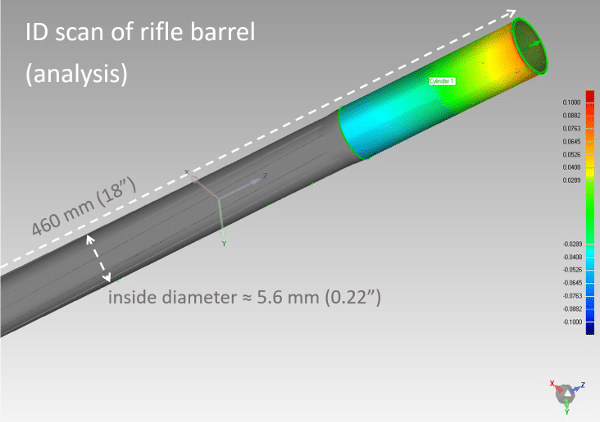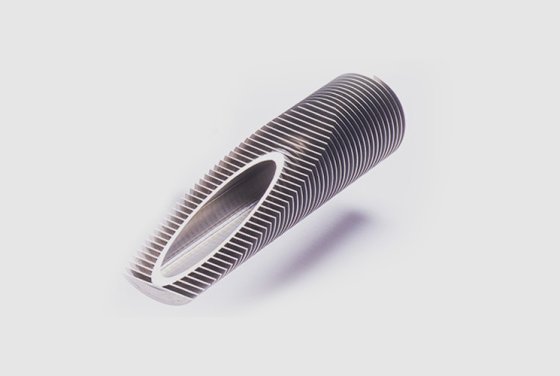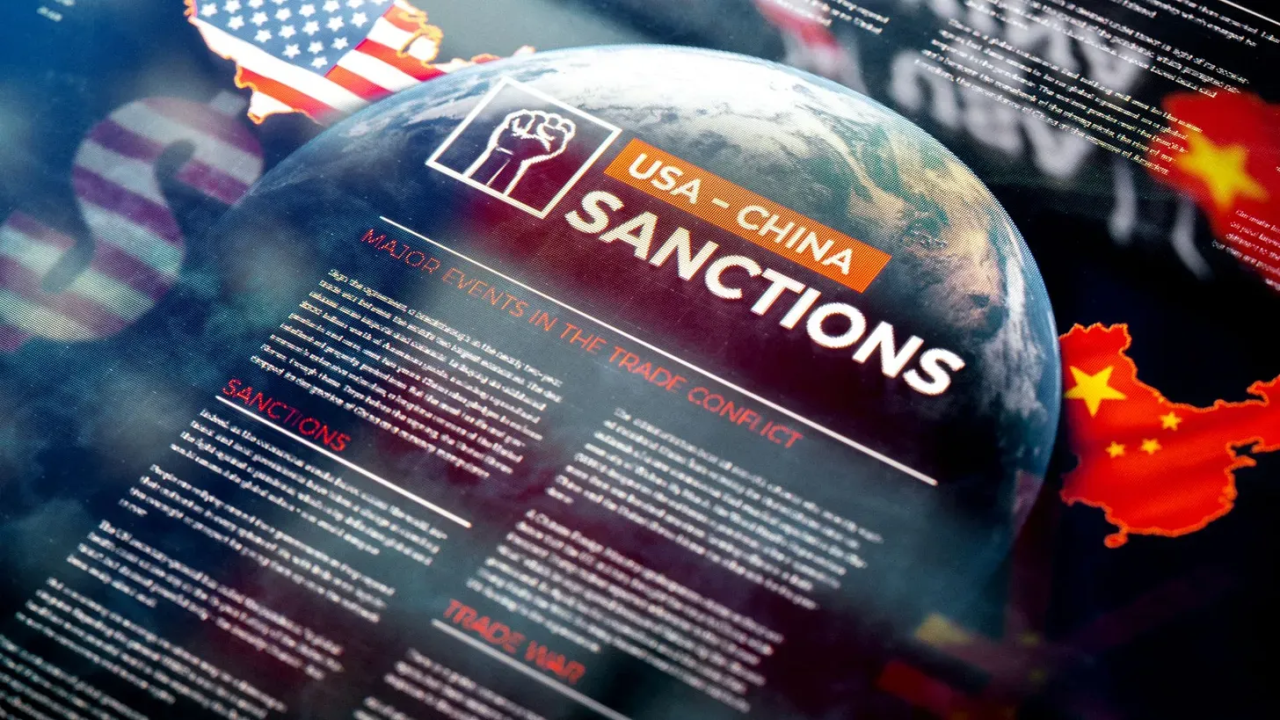Meta Description:
Explore how proper flange sealing techniques, gasket selection, and installation methods impact pipeline integrity. Learn how to avoid flange leaks in industrial systems.
Introduction
If you’ve ever walked through an oil refinery or a chemical plant, you’ve probably seen a flange connection wrapped in insulation—maybe even dripping or steaming from a tiny leak.
Flange connections are everywhere in pipeline systems, but when not sealed properly, they’re one of the most common sources of leaks, corrosion, and even shutdowns.
In this article, we’ll walk you through the best practices for sealing flanges, choosing the right gasket, and preventing failures before they happen.
Why Flange Leaks Happen
Let’s start with what usually goes wrong:
- Wrong gasket material for the temperature or fluid
- Improper bolt torque (too tight or too loose)
- Uneven compression during installation
- Damaged flange surface (corrosion, warping, or pitting)
- Incorrect flange face type (e.g. using flat gasket on RTJ face)
Fixing leaks after installation can be expensive and risky—so it’s worth getting it right the first time.
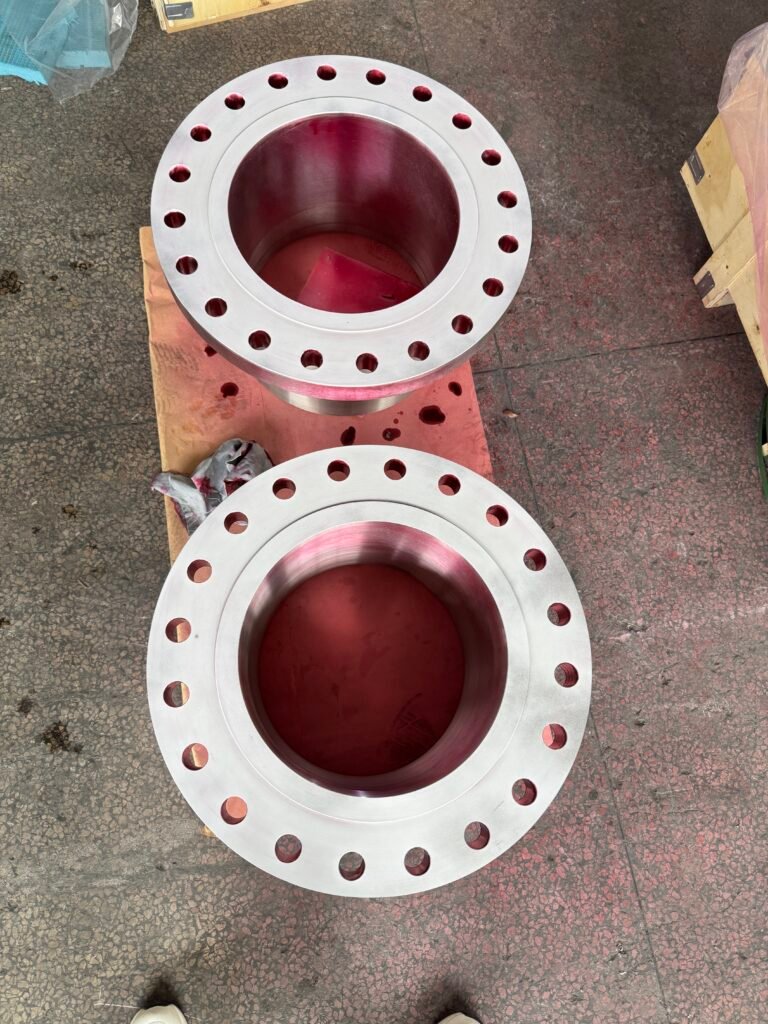
Types of Flange Faces and Their Sealing Styles
The flange face type determines what kind of gasket you should use and how it will seal.
1. Raised Face (RF)
Most common type. Uses spiral wound gaskets or compressed fiber gaskets. Seals by compressing a soft material between the faces.
2. Flat Face (FF)
Used in low-pressure systems. Requires full-face gasket to prevent uneven loading. Often seen in cast iron flanges or waterworks.
3. Ring-Type Joint (RTJ)
High-pressure, high-temperature applications. Uses metal ring gaskets (R-type or RX-type). Seals by metal-to-metal deformation.
Tip: Never mix a flat gasket with an RTJ groove—it won’t seal and can damage the flange.
Gasket Types and Selection
Choosing the right gasket is critical. Here’s a simplified guide:
| Gasket Type | Use Case | Material Examples |
|---|---|---|
| Spiral Wound | High temp/pressure, raised face flanges | SS316 with graphite/PTFE filler |
| Compressed Fiber | Low pressure, general service | Non-asbestos, aramid fiber |
| PTFE Sheet | Food, chemical, non-metal piping | Virgin PTFE or filled |
| Metal Ring (RTJ) | API/ANSI high-pressure pipelines | Soft iron, SS, Inconel, Monel |
| Graphite | High heat and aggressive media | Flexible graphite with SS insert |
Rule of thumb: Match gasket to media, temperature, pressure, and flange type. And always double-check material compatibility—especially with acids or hydrocarbons.
Torque and Tightening Best Practices
Even the best gasket won’t seal if bolts are tightened unevenly or over-torqued.
Key Practices:
- Use a torque wrench, not manual guesswork
- Apply star-pattern tightening (in sequence)
- Lubricate bolts for uniform tension
- Re-check torque after initial thermal cycling (hot bolting)
DLSS supplies flanges with smooth machined faces, ensuring proper gasket seating and seal pressure.
What Happens When You Cut Corners
A customer once installed a spiral wound gasket in an old flange without surface prep. Within two weeks, the flange leaked during startup. Cost: 3 days of downtime and 4 tons of lost fluid.
After replacing the gasket and machining the flange face, the connection held perfectly.
Lesson: Flange sealing is about system thinking—not just throwing in a gasket.
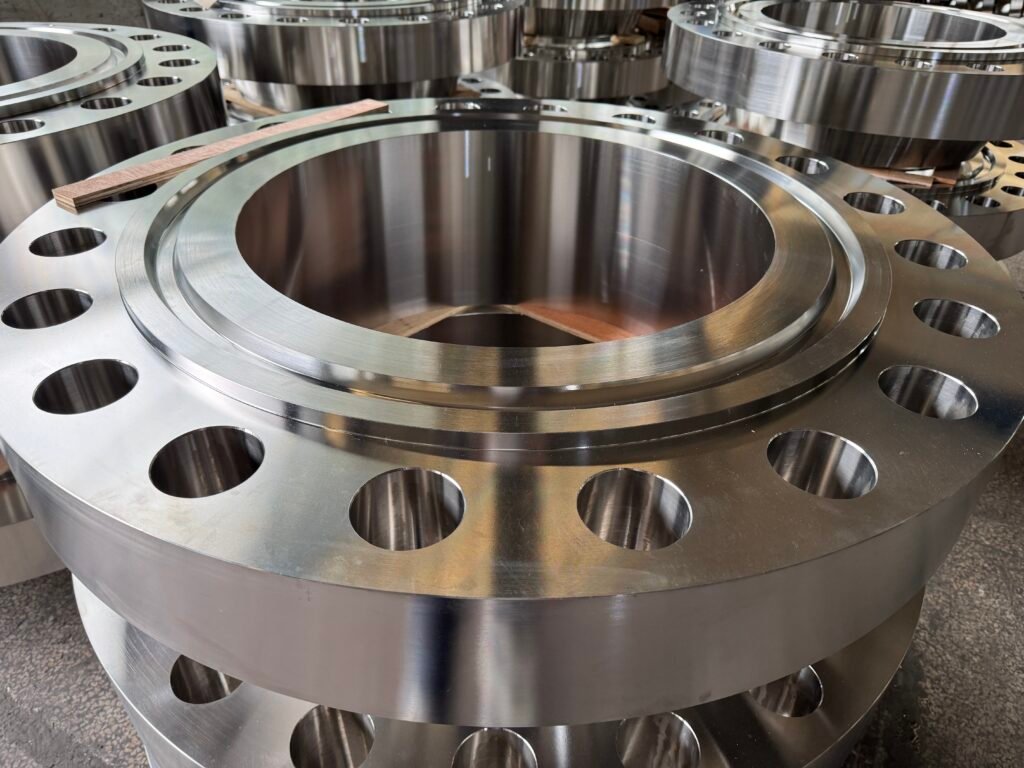
DLSS Flange Supply Range
We provide industrial flanges with precise sealing surfaces and full MTC documentation.
- Standards: ASME B16.5, EN 1092-1, JIS B2220
- Types: RF, FF, RTJ, Lap Joint, Tongue & Groove
- Materials: ASTM A182 F304/316, A105, F51, F11, F316Ti
- Surface Finish: Stock finish (Ra 3.2~6.3 µm), Spiral Serrated, Smooth Finish
- Sizes: ½” – 48”, Class 150 – 2500
Each flange is inspected for flatness, thickness, sealing groove integrity, and can be delivered with gaskets on request.
Conclusion
Flange sealing might not seem like the most exciting topic—but it’s the difference between a reliable pipeline and a costly leak.
The key is simple:
- Right gasket for the job
- Proper flange face
- Consistent torque
At DLSS, we help clients avoid seal failures before they happen—by getting the details right.
Contact DLSS
Email: info@dlsspipe.com
Website: www.dlsspipeline.com


